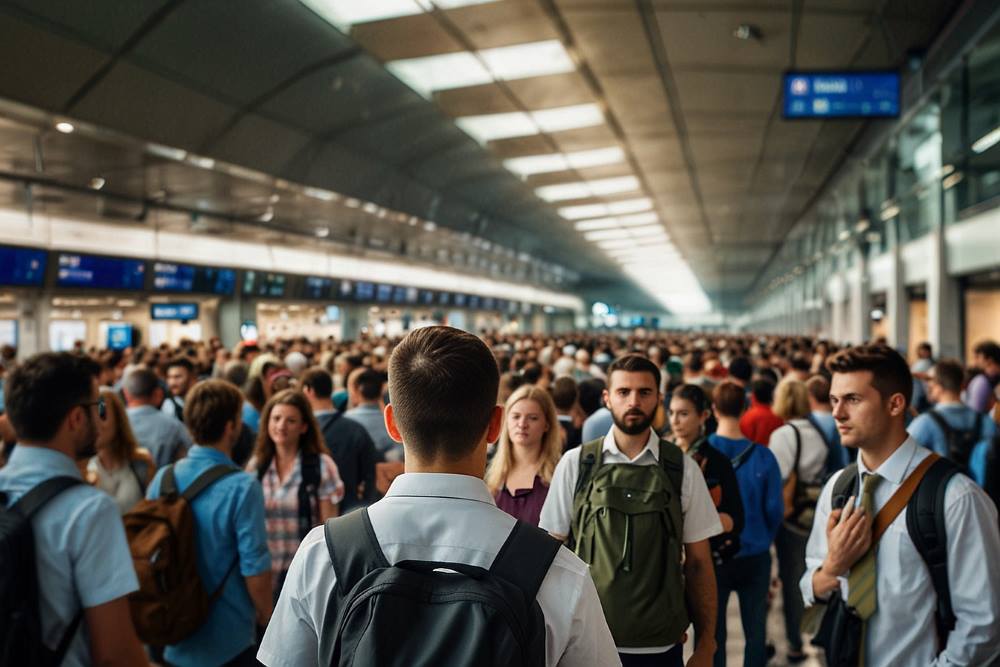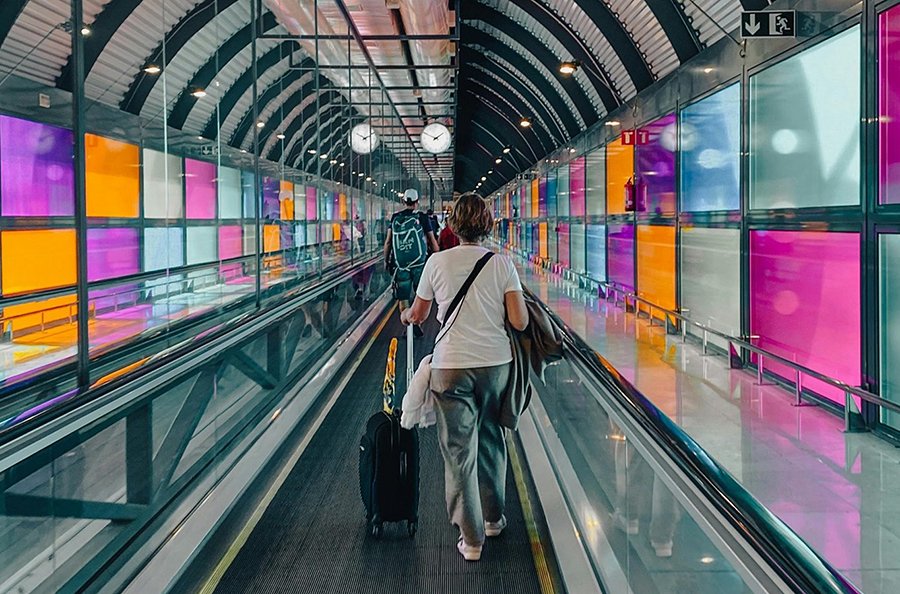читайте также
 US Aviation Chaos: 58 Cancellations and 2,674 Delays Hit Major Hubs as Thousands of Passengers Are Stranded
US Aviation Chaos: 58 Cancellations and 2,674 Delays Hit Major Hubs as Thousands of Passengers Are Stranded
 New priorities in the U.S. real estate market: from senior housing to data centers
New priorities in the U.S. real estate market: from senior housing to data centers
 Airports 2026: What Passengers Really Want — Key Global Trends
Airports 2026: What Passengers Really Want — Key Global Trends
 SLH’s Groundbreaking Sustainability CTA Report: How Verified Standards Are Changing Luxury Travel — And How Hotels and Airlines Are Responding
SLH’s Groundbreaking Sustainability CTA Report: How Verified Standards Are Changing Luxury Travel — And How Hotels and Airlines Are Responding
 Housing Prices in Russia Will Rise by 10–15% in 2027: Dom.RF Forecast
Housing Prices in Russia Will Rise by 10–15% in 2027: Dom.RF Forecast
 Toronto Joins Vancouver, Ottawa, Montréal, Québec City, and Kelowna in Raising Tourism Taxes from 2026: What Travelers Should Expect
Toronto Joins Vancouver, Ottawa, Montréal, Québec City, and Kelowna in Raising Tourism Taxes from 2026: What Travelers Should Expect
Lufthansa and Emergency Landings: Bomb Threats, Engine Failures, and Fainting Pilots — How Safe Is Air Travel in 2025?

From 2020 to 2025, Lufthansa has faced several emergency returns and precautionary landings — from engine fire warnings and technical failures to bomb threats, cockpit smoke, and pilot incapacitation. These events may sound alarming, yet in commercial aviation, such incidents are signs of strict safety protocols in action — not system failure. Below is a breakdown of key cases and what they mean for passengers.
Incident Timeline: 2020–2025
— January 21, 2020: A Lufthansa A320-200 on flight LH1392 (Frankfurt–Prague) returned to Frankfurt due to a serious engine malfunction shortly after takeoff. The crew followed all emergency checklists, passengers were safely disembarked, and the aircraft was inspected.
— January 30, 2020: A Lufthansa A340-600 on flight LH455 (San Francisco–Frankfurt) diverted to Boston due to an engine issue. Passengers were rebooked on another flight.
— July 18, 2020: A Lufthansa A319-100 preparing for flight LH2004 (Munich–Düsseldorf) aborted takeoff after receiving an engine fire warning. The aircraft returned to the gate for inspection.
— February 17, 2024: An A321 from Frankfurt to Seville made an emergency return to Frankfurt after the first officer became incapacitated mid-flight. Medical assistance was provided immediately.
— April 23, 2025: A Lufthansa A380 flying from Los Angeles to Munich diverted to Boston after a passenger’s tablet got stuck in a business-class seat, posing a risk of battery fire. The device was safely removed and the flight continued.
— June 16, 2025: Flight LH752 (Frankfurt–Hyderabad) returned mid-air following a bomb threat. The aircraft landed safely in Frankfurt and passengers were evacuated according to standard procedure.
— September 5, 2025: A Lufthansa flight from Sofia to Frankfurt diverted to Belgrade after pilots reported smoke in the cockpit. Passengers continued their journey on another aircraft.
Why Planes Make “Emergency” Landings: The Logic Behind the Decision
An emergency landing is a preventive measure, not a sign of failure.
— Strict checklists and clear thresholds. Any engine malfunction, smoke, overheating, or crew health issue triggers immediate action.
— “Better safe than sorry” principle. Even if the risk is only potential — as with the trapped tablet — the captain chooses the nearest suitable airport.
— Coordinated response. Pilots, air traffic control, ground emergency teams, and security services work in sync to minimize risks and delays.
Safety Risks: From “Bomb on Board” to Lithium-Ion Batteries
— Threat reports. Airlines must follow international security protocols — immediate diversion, potential evacuation, and full inspection. Most turn out to be false alarms.
— Smoke or burning smell. Typically caused by issues in the air-conditioning or electrical systems. Pilots isolate systems and land immediately as per the safety checklist.
— Battery hazards. Devices stuck in seats can be damaged and overheat. Lufthansa’s crews receive training for handling thermal runaway and carry fire-resistant containment bags.
How Safe Is Lufthansa Overall?
— High safety standards. Lufthansa, under the supervision of EASA and national regulators, performs rigorous maintenance, pilot training, and safety audits.
— Aviation is statistically safe. Air travel remains one of the safest modes of transport. Emergency landings are proof that detection systems and procedures work as intended.
— Crew professionalism. In all reported cases, Lufthansa crews followed standard emergency procedures, prioritizing safety and clear communication.
What Passengers Should Know: Practical Tips
— Follow instructions. During diversions or emergency landings, listen carefully to crew announcements — these reflect real-time safety actions.
— Handle electronics safely. Don’t wedge devices between seats or charge them under pillows. If you lose a device, inform the crew immediately.
— Don’t panic. Most diversions are precautionary. A “false alarm” landing is always safer than continuing with uncertainty.
— Allow buffer time for connections. Weather, diversions, and safety events are part of air travel — plan 2–3 extra hours for international transfers.
Why Incidents Seem More Frequent: Media and Public Perception
Flight-tracking apps and social media make every return headline news. That doesn’t mean such cases are increasing — they’ve simply become more visible. For airlines, this transparency is both a challenge and motivation to communicate openly and swiftly.
Conclusion: Flying with Lufthansa in 2025 Remains Safe
The list of emergency landings may look dramatic, but in reality, it’s evidence of working safety systems, well-trained crews, and a culture that prioritizes lives over schedules. Lufthansa maintains strict compliance, fast response times, and coordination with airport authorities. For passengers, the key takeaway is clear: modern aviation remains extremely safe, and emergency landings are a safeguard — not a sign of danger.





